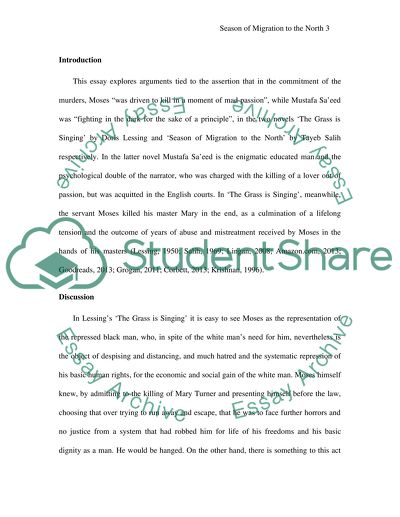Cite this document
(“(Season of Migration to the North) and (The Grass is singing) Essay”, n.d.)
Retrieved from https://studentshare.org/literature/1490272-season-of-migration-to-the-north-and-the-grass-is
Retrieved from https://studentshare.org/literature/1490272-season-of-migration-to-the-north-and-the-grass-is
((Season of Migration to the North) and (The Grass Is Singing) Essay)
https://studentshare.org/literature/1490272-season-of-migration-to-the-north-and-the-grass-is.
https://studentshare.org/literature/1490272-season-of-migration-to-the-north-and-the-grass-is.
“(Season of Migration to the North) and (The Grass Is Singing) Essay”, n.d. https://studentshare.org/literature/1490272-season-of-migration-to-the-north-and-the-grass-is.


